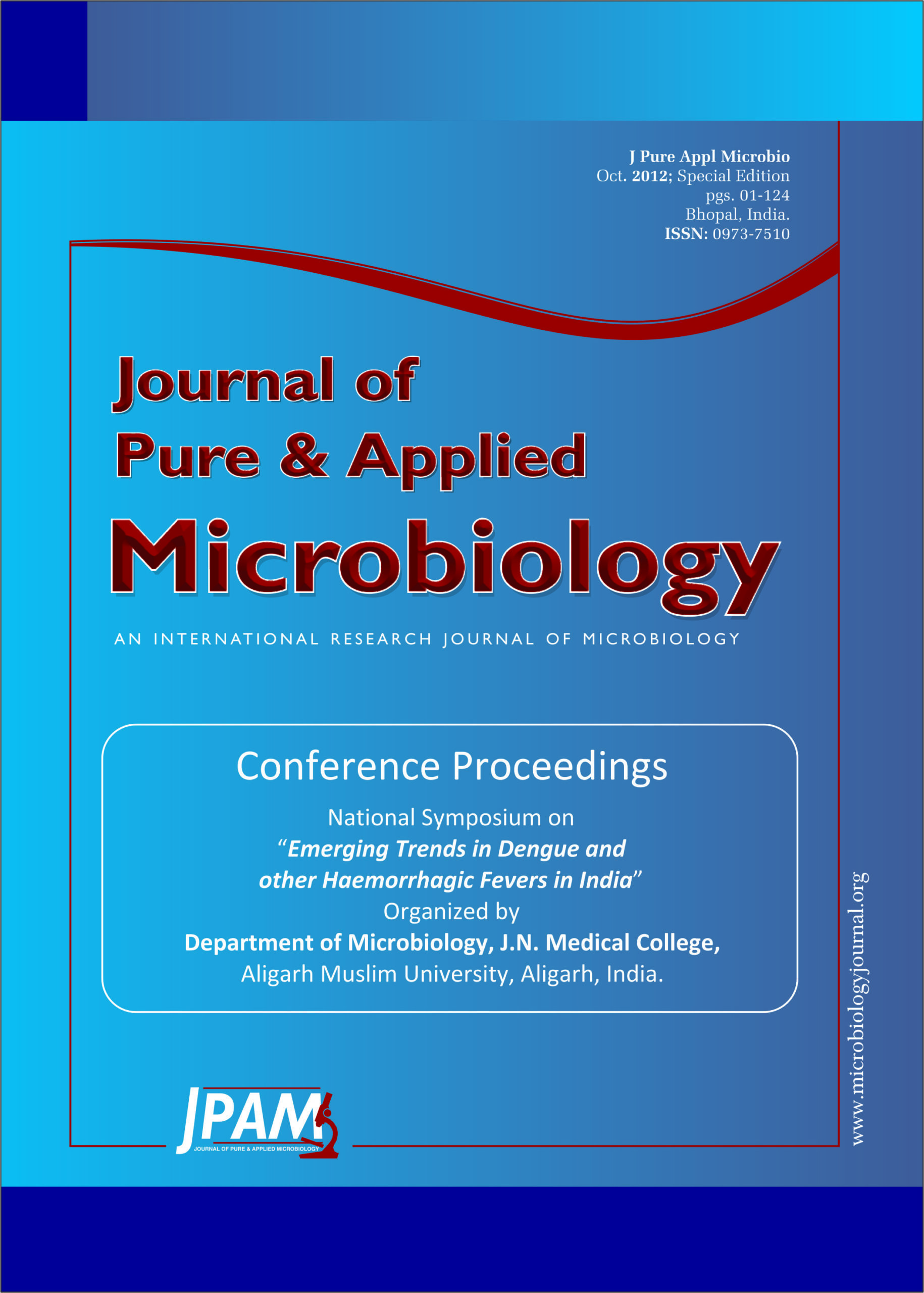Human Brucellosis is an important but a commonly neglected disease in India. This zoonotic disease involves all livestock systems .An increased demand for dairy products accompanied with changing and intensified farming practices has raised the concern for intensified transmission of this infection to the humans. The main aim of the study was to assess the seroprevalence of brucellosis in pyrexic patients and to compare different serological methods for detection of Brucellosis. This study was conducted in the tertiary care hospital of Uttarakhand, over a period of 12 months using ELISA, Rose Bengal Card Test and Standard Agglutination Test. Out of 60 pyrexic patients, 20% were positive by ELISA, 18.3% were positive by SAT and 16.6% were positive by RBPT. None of the healthy controls were found to be positive for antibodies to Brucella. All patients showed good response to treatment with Doxycycline and Streptomycin. Timely laboratory diagnosis of brucellosis prevents the initiation of empirical antitubercular treatment in patients as clinical features resemble that of tuberculosis. Alertness of medical staff and awareness of risk groups is required so as to recognize and adopt appropriate preventive measures and to control the disease. RBPT can be used as a useful screening tool.
Brucellosis, zoonotic disease, seroprevalence, RBPT, SAT, ELISA
© The Author(s) 2012. Open Access. This article is distributed under the terms of the Creative Commons Attribution 4.0 International License which permits unrestricted use, sharing, distribution, and reproduction in any medium, provided you give appropriate credit to the original author(s) and the source, provide a link to the Creative Commons license, and indicate if changes were made.


